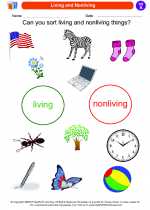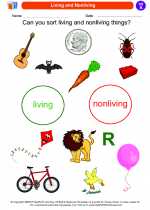What is Evolution?
Evolution is the process by which living organisms change over time. It is driven by natural selection, genetic drift, mutation, and gene flow. Over many generations, these processes lead to the accumulation of changes in populations, ultimately resulting in the emergence of new species.
Evidence for Evolution
There are several lines of evidence that support the theory of evolution, including fossil records, comparative anatomy, embryology, molecular biology, and biogeography. Fossil records show the transition of species over time, while comparative anatomy and embryology reveal similarities and differences among different species. Molecular biology helps in understanding the genetic relationships between organisms, and biogeography studies the distribution of species across different geographical regions.
Natural Selection
Natural selection is a key mechanism of evolution proposed by Charles Darwin. It is the process by which organisms with favorable traits are more likely to survive and reproduce, leading to the passing on of these advantageous traits to the next generation. Over time, this results in the adaptation of populations to their environments and the emergence of new species.
Human Evolution
The study of human evolution focuses on the evolutionary history of the Homo genus, including our own species, Homo sapiens. The evidence for human evolution comes from fossil records, genetic studies, and comparative anatomy. It shows how humans have evolved from earlier hominid species and adapted to various environmental challenges.
Applications of Evolutionary Theory
Understanding evolution has practical applications in various fields, including medicine, agriculture, and conservation. It helps in developing strategies to combat antibiotic resistance, breeding more resilient crop varieties, and conserving endangered species by understanding their evolutionary history.
Conclusion
Evolution is a central concept in biology that explains the diversity of life on Earth. By studying the mechanisms and evidence for evolution, we gain insights into the history and interconnectedness of all living organisms, as well as practical applications for improving human well-being and preserving the natural world.


